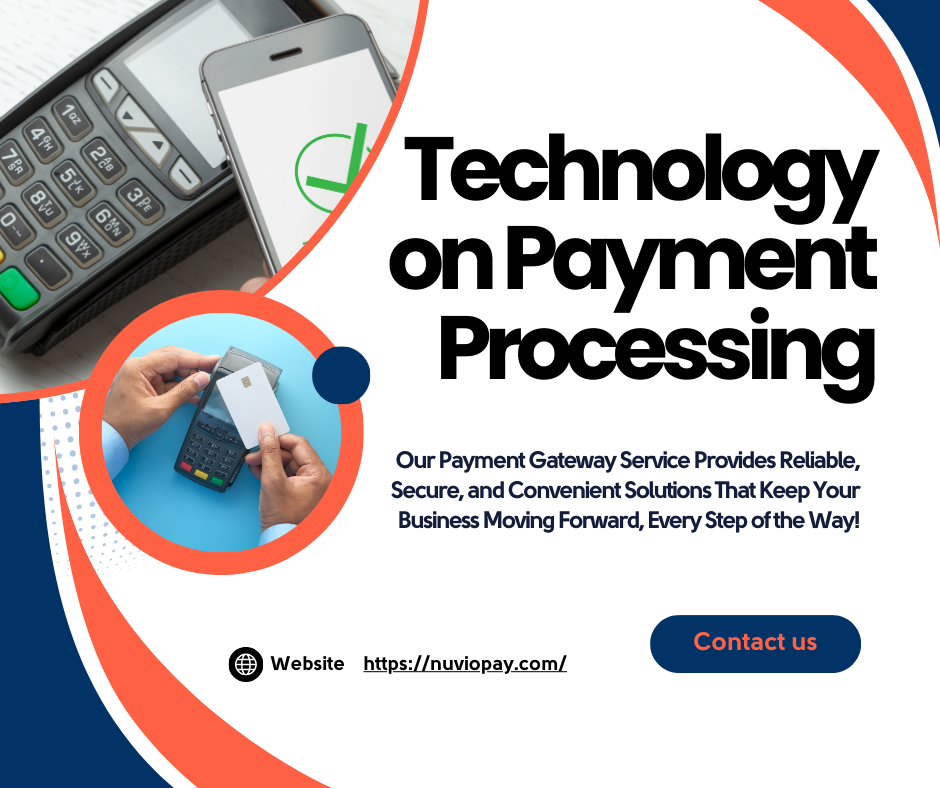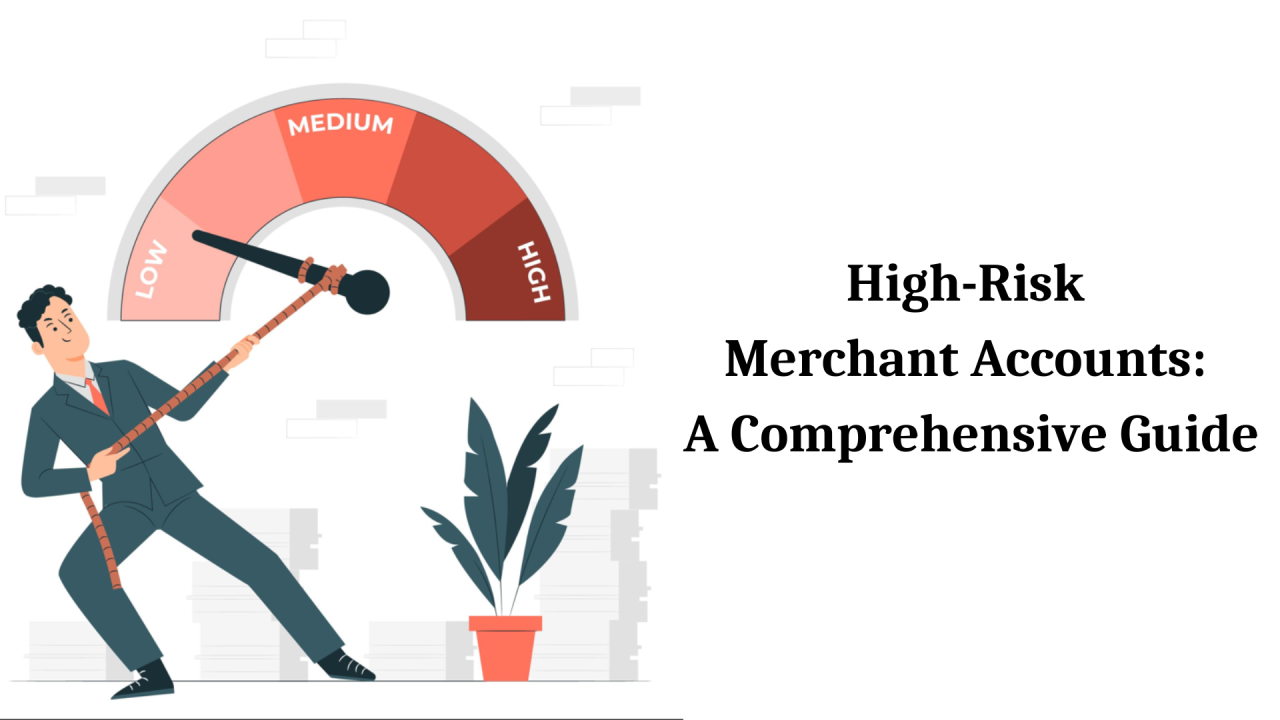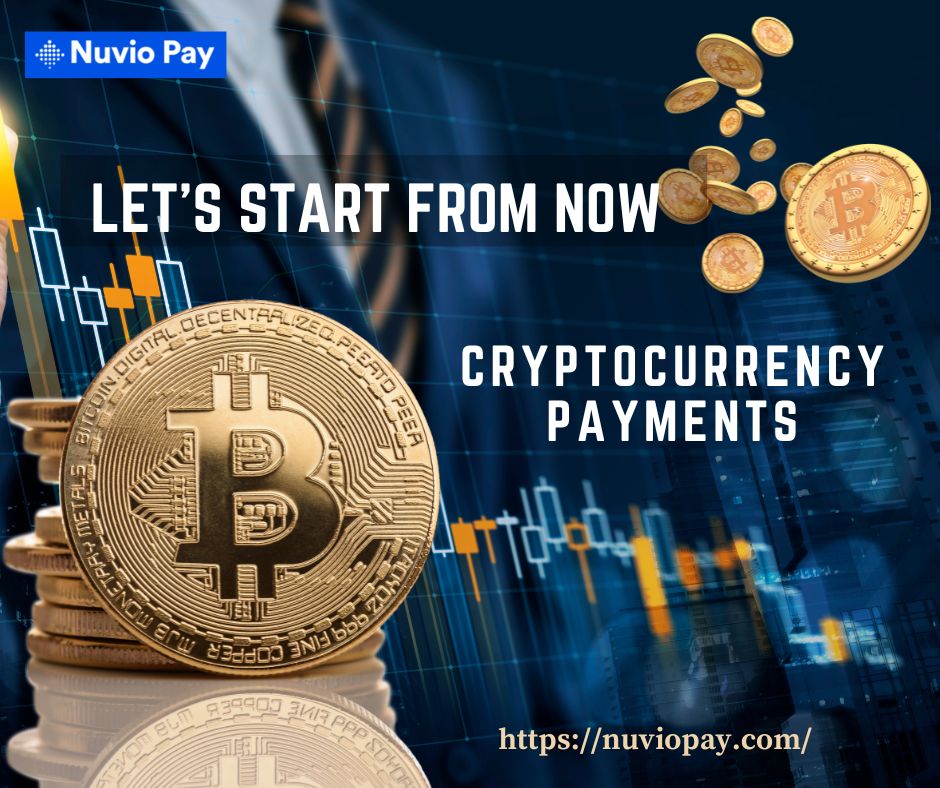The technology that is gaining popularity nowadays is “Blockchain Technology,” which improves information security, checks fraud, and adds transparency levels. Many solutions that follow this technology include cryptocurrencies, banking, and other financial services. A literature search has shown that many studies have been published in this field. However, less attention has been given to how Blockchain technology is applied to decentralized and transparent network structures. The application and definition of the technology, opportunities, and challenges are discussed, among others.
What is Blockchain?
A blockchain, essentially a ledger, records all purchases connected through diverse devices inside a cryptocurrency ecosystem, e.g., Bitcoin. Another sense of “chain” may be a link among separate computers in a network that registers all operations; consequently, the units combine into 1 data table.
When Smart moves imply that knowledge moves around, blockchain needs to be regarded as a very high-detail technology. Just like artificial intelligence can be considered a breakthrough technology, blockchain can be considered an outstanding breakthrough technology. Blockchain technology is altering how business is done, similarly to how artificial intelligence is altering markets.
Opportunities
- Benefits of blockchain for payments
Besides making secure transactions, blockchain technology offers you easier cross-border transactions. With India developing as one of the largest recipients of international remittances, technology plays an important role in facilitating flawless transactions at a faster pace. According to the Government of India, the country received a whopping 90 million dollars in foreign remittances in 2022-23. Obviously, this number of whoppings will increase in the coming years.
- See How blockchain makes payments more accessible
One of the biggest obstacles in India’s payment systems is fraud. In the year 2023 only, the central bank of India reported bank frauds of approx 300 billion dollars and the list of unregistered frauds involving other agencies is endless. So, to overcome this problem, Blockchain’s DLT offers complete transparency to reducing the chances of fraud.
Every transaction recorded on a blockchain is uncomplaining and can be verified by anyone on the network. With the right implementation, the stakeholders can leverage a private or restricted blockchain network to keep a check on fraudulent transactions. Blockchain allows the stakeholders to facilitate tamper-proof transactions.
- The positive impact on cross-border payments
Smart contracts are at the core of blockchain-based payment systems. These are self-executing contracts that autonomously enforce the terms and conditions of an agreement, depending on predetermined conditions.
Smart contract-based automation eliminates the need for a middleman in payment systems substantially. Several businesses and government agencies are already leveraging the technology to automate payments in supply chain financing.
The role of intermediaries continues to be a major issue in the global financial system. It leads to costly delays and also leaves room for human error. Smart contracts face these problems because automation causes fewer delays and deadlocks, resulting in a highly efficient payment mechanism.
Another useful face of blockchain’s use in payment systems is India’s microfinance sector, which serves millions of low-income workers. Microfinance institutions leverage technology to efficiently manage their operations, reduce administrative costs, and transparently ensure that loans are disbursed and repaid. This improves the viability of microfinance institutions and empowers payment processing platforms like Nuvio Pay by giving them access to financial services.
Challenges
Blockchain has many benefits, but before it can be used in payment systems, many challenges need to be solved. Even with higher transaction volumes, blockchain networks may become less effective and faster; scalability remains a tremendous challenge. The development of layer-two scaling solutions and interoperability protocols, among other advancements in blockchain technology, is resolving this issue and opening the door for broader applications.
- Lack of awareness
The major milestone in adopting blockchain is the lack of awareness in society. The first step undertaken by the business houses was to form an internal team focused on understanding the technology, its impact, and areas of usage. In some cases, employees were sent for external conferences, industry working groups, internal knowledge sessions, and hackathons were conducted. Some firms even included Blockchain as part of their strategic investment.
- Hurdle in Identifying the right platform
Once the usage had been understood, the next hurdle was identifying the right platform. Organizations created cross-functional teams to overcome this challenge, conducted focused group discussions with the IT teams, and developed a detailed project charter with defined milestones and metrics.
- Integration and data security challenges
To ensure that integration and data security challenges don’t threaten the executive of PoC, early adopters ensured only a minimum viable product was being built to test out the potential of Blockchain. They identified alternative strategies for data purging/ masking, which means destroying the key to the data block to ensure nobody can access it.
- Privacy concerns
While blockchain offers transparency and immutability, it raises privacy concerns, especially regarding sensitive financial data. Public blockchains store transaction information openly, potentially exposing sensitive information to unauthorized parties. Privacy-enhancing technologies such as zero-knowledge proofs and cryptographic techniques are being developed to address these concerns, but widespread adoption is still in progress.
Conclusion:
In summary, blockchain technology is disrupting payment processes. Payments benefit significantly from its decentralized structure, higher security, transparency, and automation capabilities. These benefits include increased efficiency, tightening security, and easier cross-border transactions. Smart contracts and blockchain-based solutions enable faster payments, lower costs, and increased access to financial services.
While there are limits, blockchain can potentially revolutionise payment systems significantly. As blockchain technology advances and matures, we may expect widespread use and a substantial impact on the future of payments.
FAQs
- Is there any trusted payment processing platform for using blockchain technology?
Yes, you can use blockchain technology for payment processing with the help of some trusted platforms like Nuvio Pay, etc.
- Can blockchain technology replace traditional payment systems?
While blockchain technology gives so many advantages in payment processing, it’s unlikely to completely replace traditional payment systems soon due to regulatory, scalability, and adoption challenges. However, it can complement existing systems and drive innovation.
- Are cryptocurrencies necessary for blockchain-based payments?
While cryptocurrencies like Bitcoin and Ethereum are commonly associated with blockchain, they’re not necessary for blockchain-based payments. Private or permissioned blockchains can facilitate payment processing without cryptocurrencies.





